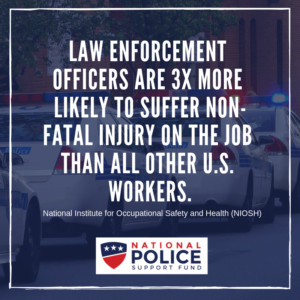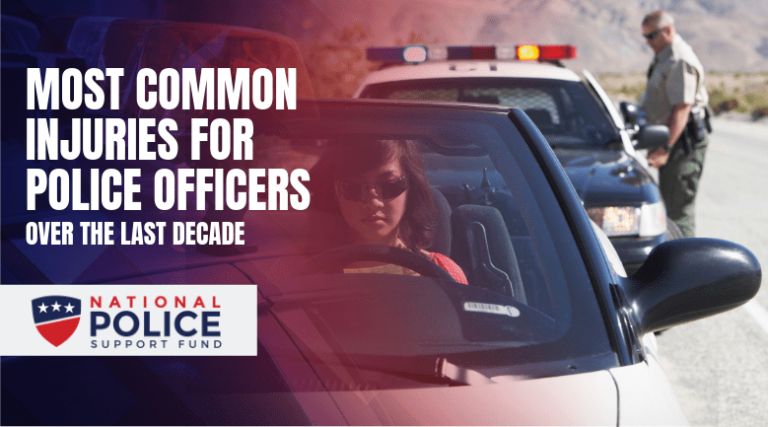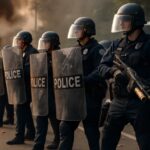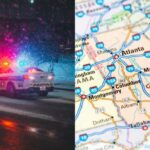We all know that being a police officer is one of the most dangerous jobs a person can take on. The risk of severe injury or death is present each and every day. To understand the extent of the sacrifice police officers make every day, it is important to understand some of the most common injuries for police officers and the types of injuries suffered by law enforcement workers. Here are some of the sobering facts about line of duty safety over the past decade in the United States.
Sources of Common Injuries for Police Officers (Non-Fatal)

In total, the study found that 669,100 law enforcement officers were treated in emergency rooms between 2003-2014. Here are the most common injuries for police officers over the last decade:
- The leading cause of non-fatal injury, according to the study, was “assaults and violent acts” which amounted to 36% of all injuries reported.
- The second leading cause of non-fatal injury between 2003-2014 was “body motion injury” (15%), which includes injury from physical overexertion or motion repetition.
- Other leading causes of injury over the decade included falls (11%) and transportation incidents (14%).
The study also uncovered a very disturbing trend about common injuries for police officers. According to the study, assaults on police officers increased by 10% between 2003-2014. This clearly illustrates the increased dangers police are facing on the job today. Although it is unclear why assaults are on the rise, it is clear that police officers are at greater and greater risk on the job.
This is why National Police Support Fund is dedicated to ensuring that police officers have a voice in the political process. Local governments should have no higher priority than ensuring that police officers have the equipment and support they need to uphold public safety and stay safe on the job. We remain unwaveringly committed to ensuring that police officers voices are heard by our political leaders.








